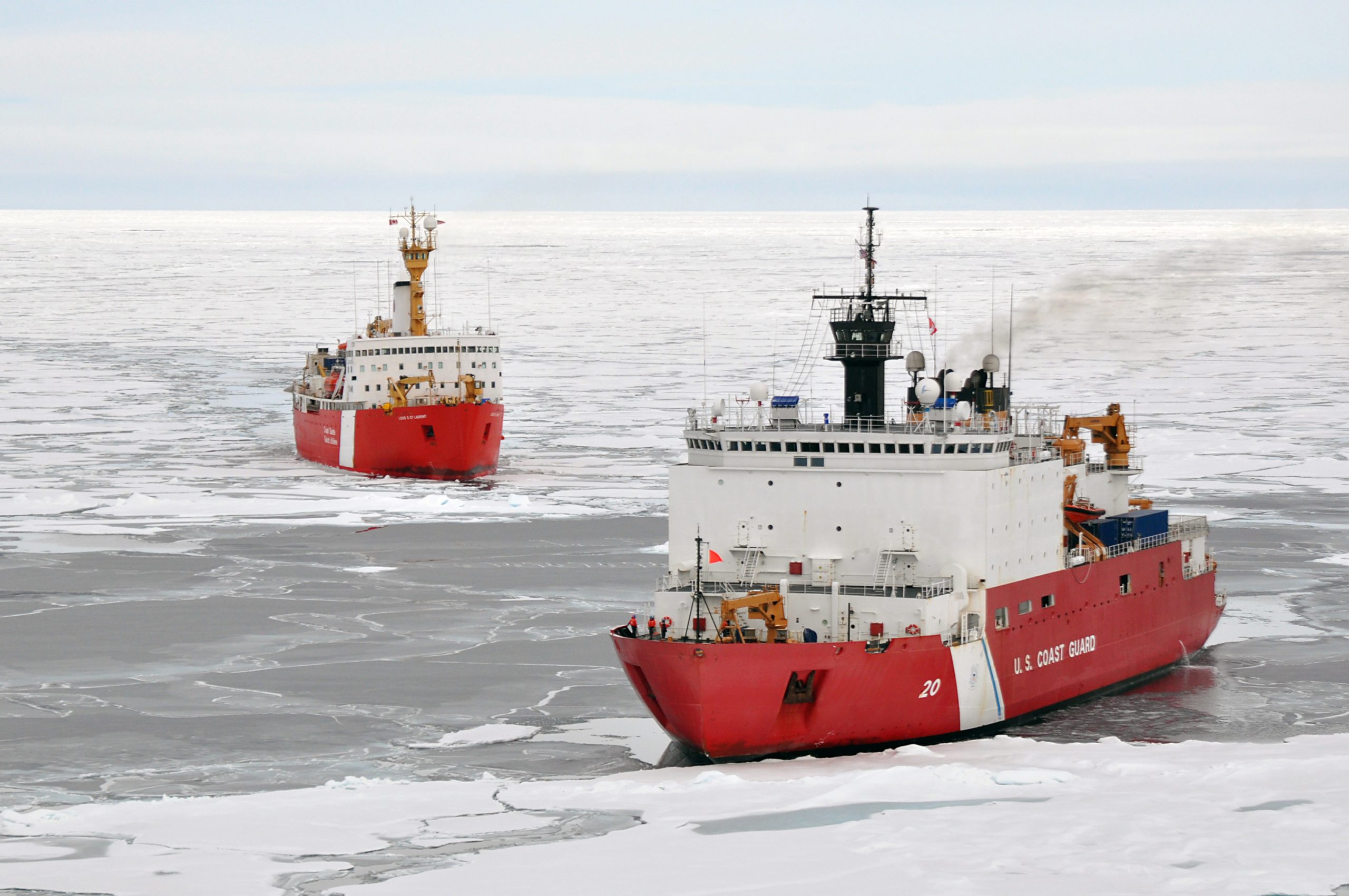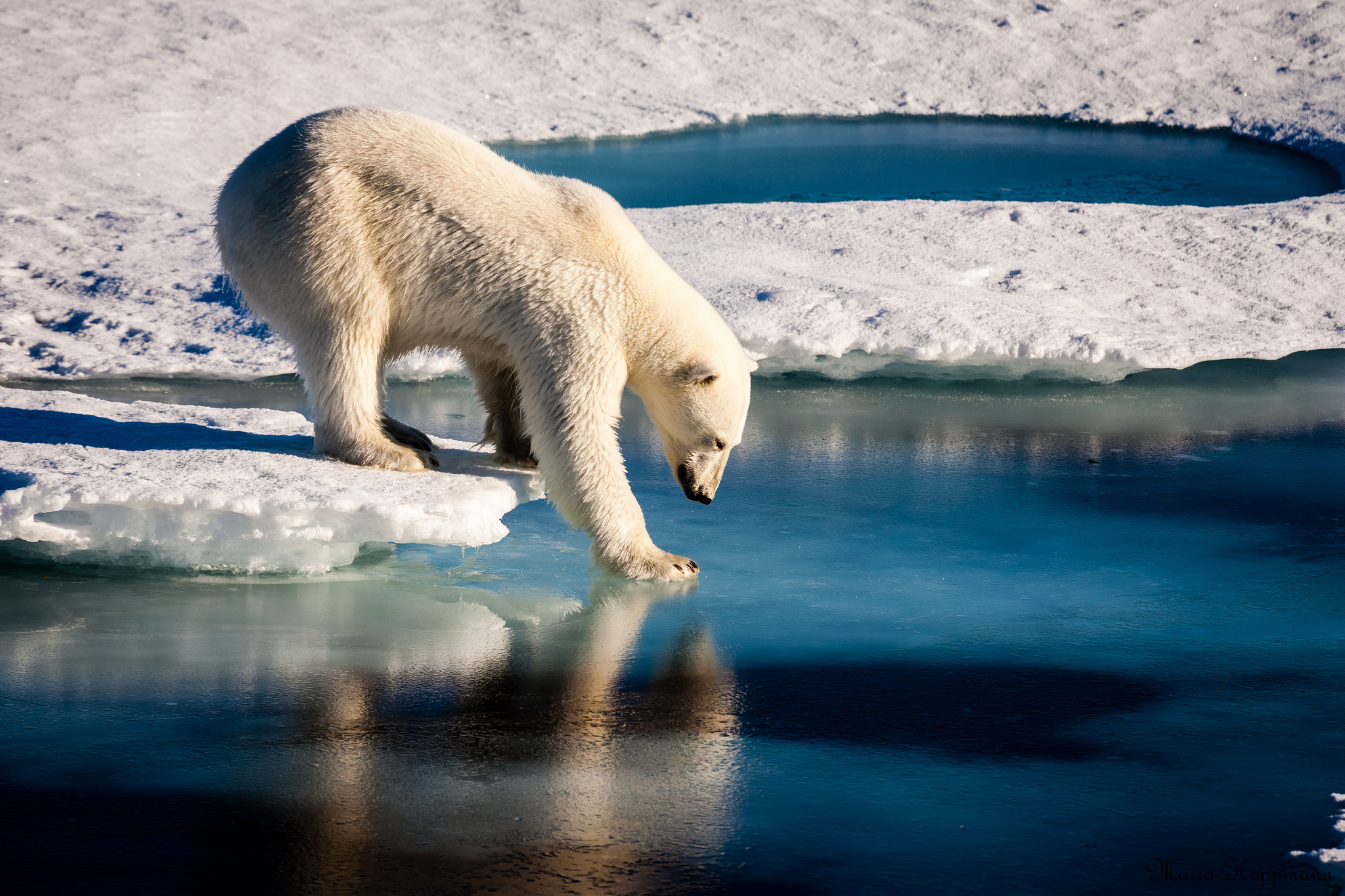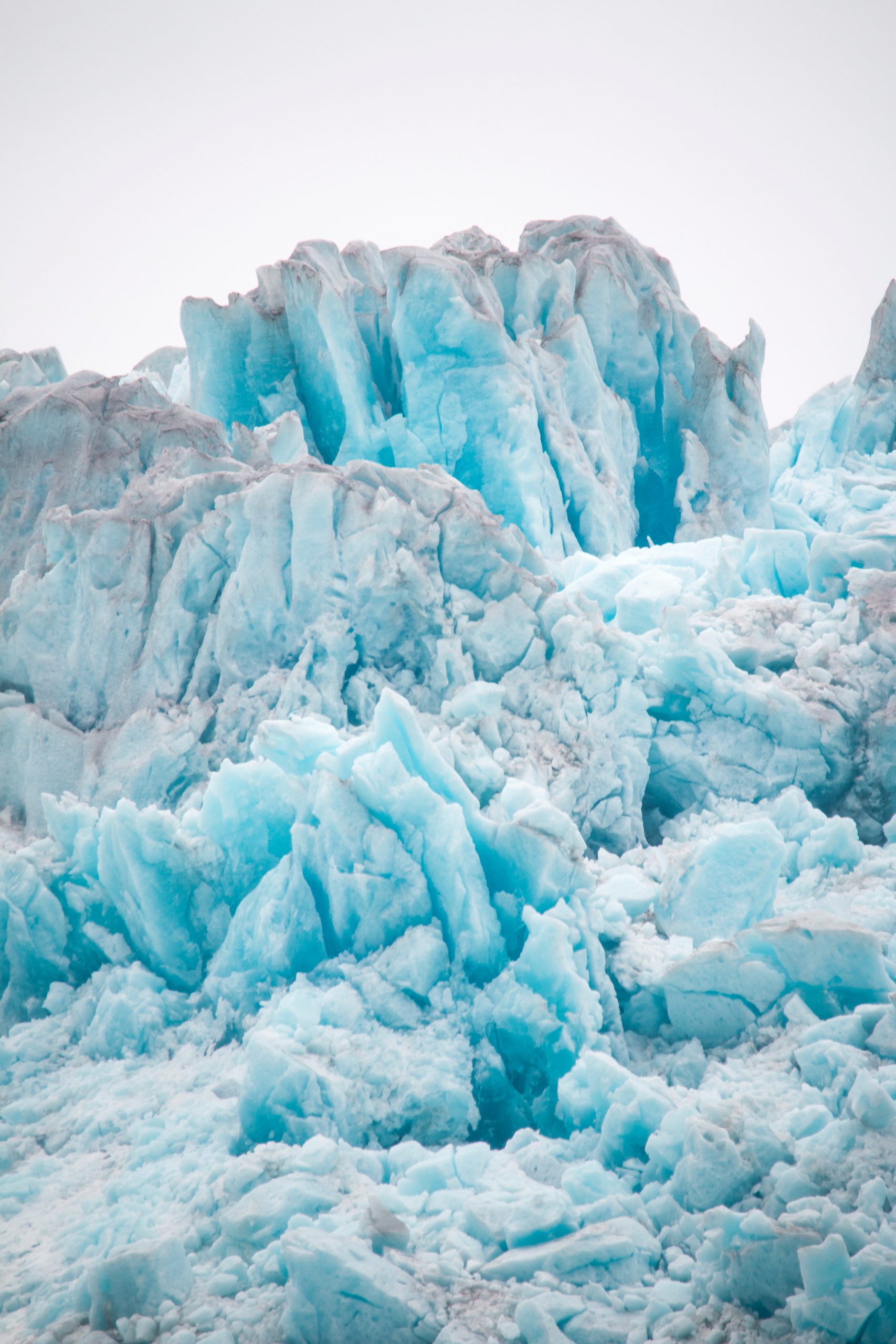What do you do when you discover a new ocean?
The Arctic Ocean may not be a secret today, but climate change is quickly turning it into a new frontier. Before, ice was a huge barrier to exploration, development, and shipping. Now, with climate change warming the Arctic two times faster than anywhere else on Earth, melting Arctic ice is exposing a new world and a new status quo.
Because of its sparse population and limited access to natural resources, remote governance of the Arctic has historically been defined by general cooperation and compromise. Decisions are made on a consensus basis by the Arctic Council, a body formed in 1996 by the eight littoral Arctic nations, with the main directives of representing indigenous peoples and devising environmental protection strategies. Despite a longstanding norm of collaboration towards these goals, tensions have recently risen as Arctic countries begin to recognize political opportunities exposed by retreating ice. However, because the Arctic is melting at an alarming rate, environmental concerns must outweigh short-sighted political ploys for power.
Background
The 1982 Law of the Sea, a U.N.-sponsored treaty signed by 167 countries — but not the United States — helps nations determine who owns what in the far north. Most ownership of the Arctic Ocean is decided in terms of “exclusive economic zones” that extend 200 nautical miles from each country’s shoreline. Within these EEZs, countries are free to explore the ocean’s depths, but not the surface, which is considered international territory.
Together, the Arctic Council’s decision-making power and the Law of the Sea make up the framework for regulation of the Arctic. Since the Arctic Council has no enforcement powers and mostly only releases affirmational statements, perhaps its most important role is as a forum for discussing Arctic affairs, though some of its discussions yield binding legal agreements like the 2013 Agreement on Cooperation on Marine Oil Pollution Preparedness and Response in the Arctic. The Council’s directives are split between five working groups, who specialize in things like sustainable development, protecting biodiversity, and monitoring the environment.
In an interview with the HPR, Halla Logadottir, who co-founded the Arctic Initiative, explained that Arctic politics have operated with a historic backdrop of collaboration. However, melting ice is raising new political and military questions, many of which the Arctic Council is ill-equipped to handle. In fact, the Council is forbidden by mandate from discussing military matters, leaving member nations to devise defense strategies without the Council’s formal discussion forum.
International competition
Many countries stand to gain from an Arctic thaw, regardless of their geographic connections to the actual Arctic Circle. Up to a fourth of the world’s remaining carbon reserves lie north of the Arctic Circle, 80 percent of which are beneath the sea. Iceless summers, which may become the north’s new norm, would provide unfettered access to these fuel sources.
As home to half of the Arctic’s four million citizens and most of the region’s land area, Russia has a strong case for Arctic ownership — and a strong economic incentive. Already, Moscow claimed the North Pole for itself in 2007, even though it is outside of Russia’s EEZ. Russian energy plants on its Arctic borders have put the country on track to overtake Qatar as the world’s leading exporter of liquefied natural gas. As recently as December 2017, a $27 billion plant became fully operational on the Yamal Peninsula, complete with its own seaport.
Perhaps even more tantalizing to Russian interests is the creation of alternate shipping routes. With less ice, the Northern Sea Route over Russia or the Northwest Passage over Canada and Alaska could drastically quicken shipping speeds. Russia recently completed such a route, traveling from Norway to South Korea in 30 percent less time than it would have taken to use the traditional Suez Canal.
In an interview with the HPR, George Soroka, a Harvard lecturer on government, explained just how complex Russia’s Arctic motives really are. With its unique access to the Arctic’s economic potential, Russia sees the chance to seize symbolic capital and geopolitical power associated with exploiting the North. “It feeds an imperial fantasy that Putin has developed about being a nation that can bend nature to its will,” Soroka said.
Russia also wants to strengthen its armed forces in the Arctic, even though its military presence in the region already far outstrips that of any other Arctic country. Both the United States and Finland have expressed apprehension over military exercises on the Russia-Finland border. According to the Director of the National Snow and Ice Data Center , Mark Serreze, government officials have frequently visited not for climate data, but for military strategy. “The Department of Defense is all over this,” he told the HPR.
 Arctic Ocean icebreakers, 2009
Arctic Ocean icebreakers, 2009
Certainly, defense is one of the main factors driving development in the Arctic. Take, for example, ice-breaking escorts, specially designed to barrel through thick layers of ice and clear the way for larger vessels. Currently, Russia owns more ice breakers than the rest of the world combined and has eleven more in the works, including the world’s first nuclear-powered ice breaker. The United States lags far behind with two vessels and a third in the design process, even though the Department of Defense has recommended a minimum of six. Interestingly, these ice breakers seem to make up a yardstick for northern security; the race for their construction constitutes a miniature arms race of sorts.
Environmental concerns
The sparse political framework for Arctic regulation, coupled with newfound economic opportunities north of the Arctic Circle, overshadows a more pressing concern: the Arctic is melting. And human activity is speeding it up. Climate talk often revolves around the tension between mitigation, or slowing climate change, and adaptation, or preparing for the worst. But focusing on EEZs, who owns the North Pole, and how to get oil to South Korea the fastest — that is neither mitigation nor adaptation. It is a short-sighted frenzy.
The Snow and Ice Data Center has been recording Arctic ice cover since 1979. Since that time, it has observed a steady decline in ice coverage, with the biggest losses occurring at the end of the melt season every September. According to Serreze, as early as 2040, the Arctic may be “seasonally ice-free.”
However, ambiguity over the future Arctic landscape has bred international apathy. In an interview with the HPR, Victoria Hermann, Managing Director of the D.C. nonprofit The Arctic Institute, worried there has been a lack of engagement from countries on the environmental implications of the melting Arctic, especially between the United States and Russia. Not that there is any reason to expect otherwise, given that the United States has recently done a U-turn on climate policy, choosing instead to pursue short-term gains like reopening U.S. waters to offshore drilling. “There’s a short-sightedness around hydrocarbon development in general,” Hermann said.
 Polar bear and sea ice, 2016.
Polar bear and sea ice, 2016.
However, a race to exploit the Arctic will have no winner. Indigenous villages will wash away into the sea, Arctic animals will run out of habitat, and fish populations will decline. Even rich countries’ “adaptive” infrastructure projects, meant to better prepare them for the reality of climate change, are at risk of collapse, as melting permafrost will warp and soften the ground they are built on. Everyone loses if the permafrost melts and takes with it an invaluable record of natural history.
Those are only the proximate consequences, since what happens in the Arctic does not necessarily stay in the Arctic. “From a climate change perspective, the loss of sea ice can influence weather patterns at middle latitudes,” said Serreze. The effects are unpredictable, ranging from freak storms further south to altered patterns in agriculture. Who will care about geopolitical power if their crops at home are decimated by a monster storm?
Scientists believe that Arctic melting is past a tipping point, which calls for combined mitigation and adaptation. The world must redouble efforts to curb emissions and live up to the Paris Agreement while simultaneously preparing for the reality of an ice-free Arctic. Each expert interviewed for this article echoed a similar message: as the Arctic faces increased economic and political scrutiny, there is an opportunity for nations to collaborate toward common interests.
The Arctic Council and the Law of the Sea are not enough to deal with the new political realities in the Arctic; these might call for the creation of another body. But the original purpose of the Arctic Council — to represent native peoples and to protect the environment — is a reminder that these priorities are what will matter in the long-term, both in the Arctic and further south. “It’s about more than the melting of the Arctic; there must be a mission beyond that,” said Logadottir. “It’s up to politicians and leaders in the region to make sure that decisions being made now are sustainable.” And it is up to us to elect and support those leaders.
Image credit: Unspash/Steve Halama // Wikimedia Commons/Patrick Kelley // NASA/Mario Hoppmann
